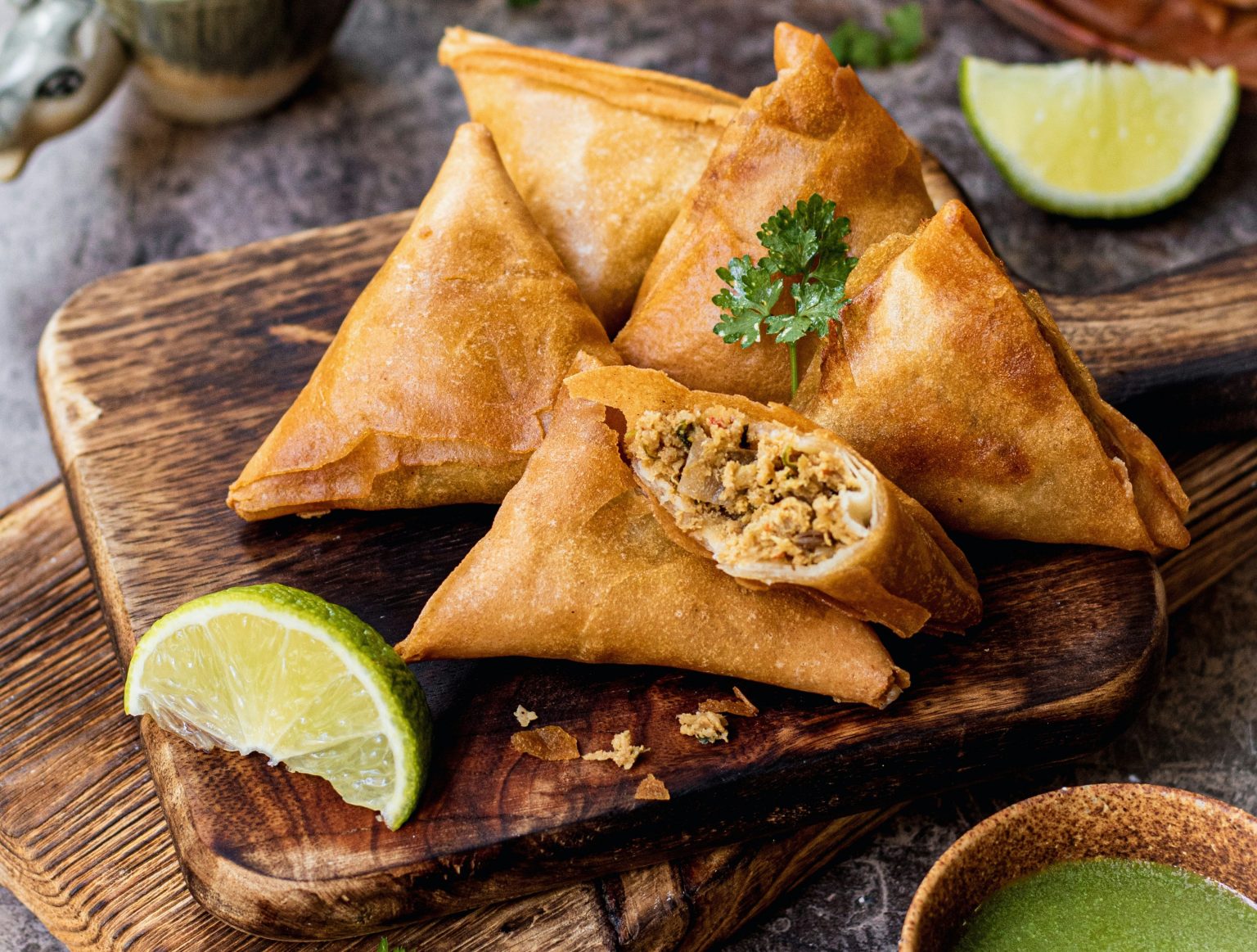World Samosa Day
World Samosa Day, celebrated on September 5 every year, honours one of the world’s most beloved snacks. Samosas, recognised for their crispy outer shell and delicious fillings, have captured the hearts of food lovers around the globe. Originating from the Middle East and becoming iconic in India, these triangular pastries are filled with various ingredients like potatoes, peas, cheese, and meat.
The history of the samosa is as rich and diverse as its flavours. From street stalls in bustling Indian cities to high-end restaurants in South Africa, the samosa has travelled far, adapting to local tastes and ingredients. Celebrating World Samosa Day offers a unique opportunity to explore these different versions and appreciate the cultural significance of this humble yet delightful snack.
For those keen on trying their hand at making samosas, this day also encourages culinary creativity. Recipes range from the traditional potato-filled samosa to innovative variations using paneer or even sweet fillings. Whether baked or fried, there’s a samosa for everyone to enjoy on this special day.
The History and Cultural Significance of Samosas
Samosas have a rich history that began over a thousand years ago. They have travelled across continents and cultures, evolving in both ingredients and preparation. Today, they are a symbol of cultural exchange and culinary celebration globally.
Origins and Historical Journey
Samosas originated around the 10th century in the Middle East. Known as sambusak or sambusa, they were brought to the Indian subcontinent by traders from Central Asia.
These traders travelled along ancient trade routes, influencing local cuisines. By the 13th or 14th century, samosas had become a popular snack in India. They were adapted with local spices and flavours, turning into the tasty treat known today.
Symbolic Celebrations and Traditions
In many cultures, samosas are linked to festive occasions and family gatherings. In India, they are a staple at celebrations, served with chutneys and enjoyed by all ages.
Symbolically, they represent hospitality and the joy of sharing food. In Middle Eastern countries, they are often enjoyed during Ramadan, highlighting their role in both daily life and special events.
World Samosa Day and Its Global Influence
World Samosa Day, observed on September 5th, celebrates this beloved snack worldwide. The day brings attention to the diverse ways samosas are prepared and enjoyed across different cultures.
From the classic Indian potato-filled version to variations in South Asia, each version has its unique twist. Events and social media campaigns on this day highlight the global appreciation for samosas, making it a significant culinary celebration.
Culinary Delights: The Art of Making Samosas
Samosas are a favourite snack enjoyed worldwide for their crispy texture and flavourful fillings. Let’s explore diverse samosa recipes, unique fillings and spices, and the joys of making homemade samosas.
Exploring Diverse Samosa Recipes
Samosa recipes vary greatly across different regions. The most familiar version is the Indian samosa, which is typically filled with spiced potatoes and peas.
In Kenya, samosas often contain minced meat and are known for their intense flavours. Middle Eastern samosas may feature delicate pastry wraps and fillings of lentils or cheese. In contrast, Pakistani samosas sometimes include beef or chicken, enriched with fragrant spices.
These dimensional recipes showcase the global love for this delicious triangular pastry.
Unique Fillings and Spices
The fillings of samosas are as diverse as their origins. Classic fillings include spiced potatoes, peas, and onions. The spices used, such as garam masala, add a unique depth of flavour.
Meat lovers might enjoy minced meat samosas, made with beef or chicken, seasoned with aromatic spices. Vegetarians have a variety of options, such as paneer, lentils, or mixed vegetables.
Samosas can also have sweet fillings like chocolate, nuts, or fruit preserves, providing a delightful contrast to their usually savoury nature.
The Ritual of Homemade Samosa Making
Making samosas at home can be a rewarding experience. Start by preparing the dough with plain flour, water, salt, and a bit of oil or ghee. Knead until smooth and let it rest.
For the filling, ingredients like boiled potatoes, peas, onions, and an array of spices come together for a flavourful centre. Roll out the dough into thin circles, cut in half, and form triangular pockets.
Fill the pockets with your chosen mixture and seal the edges securely. Fry the samosas in hot oil until golden and crispy. Serve them hot, accompanied by a tangy mint chutney or tamarind sauce for the perfect bite.
This ritual not only yields delicious snacks but also allows for creativity and personal touch in flavours and textures.



